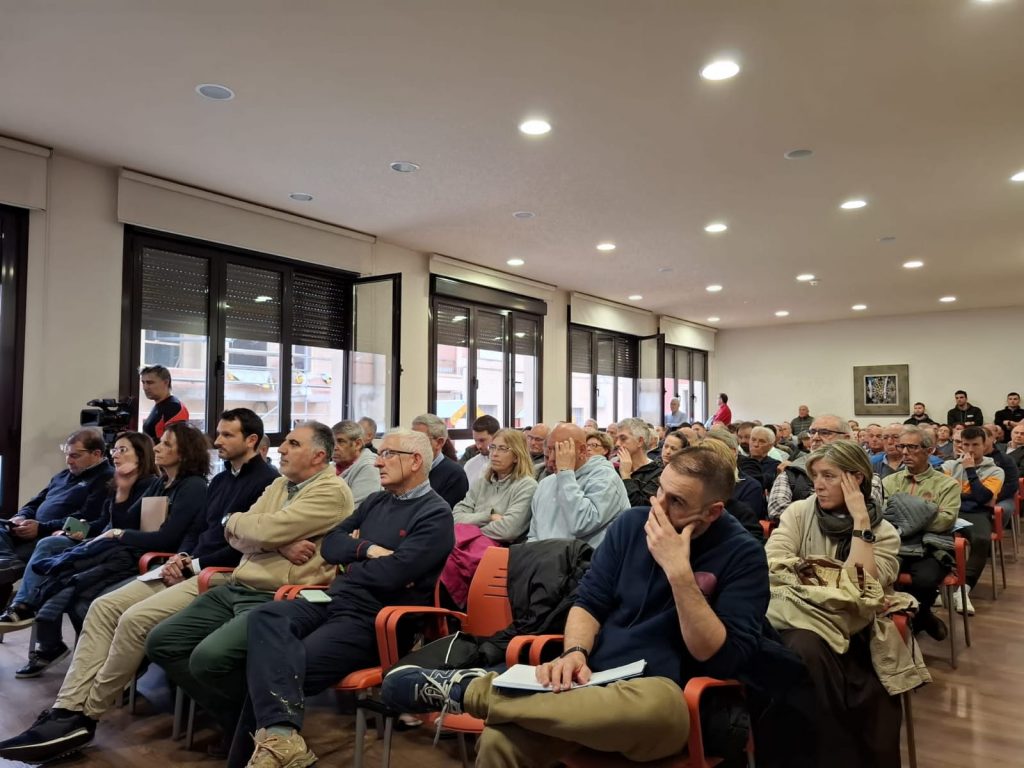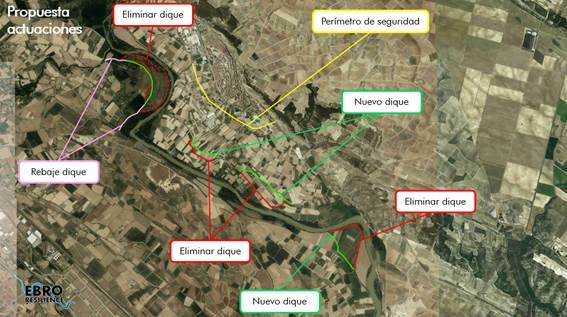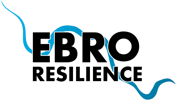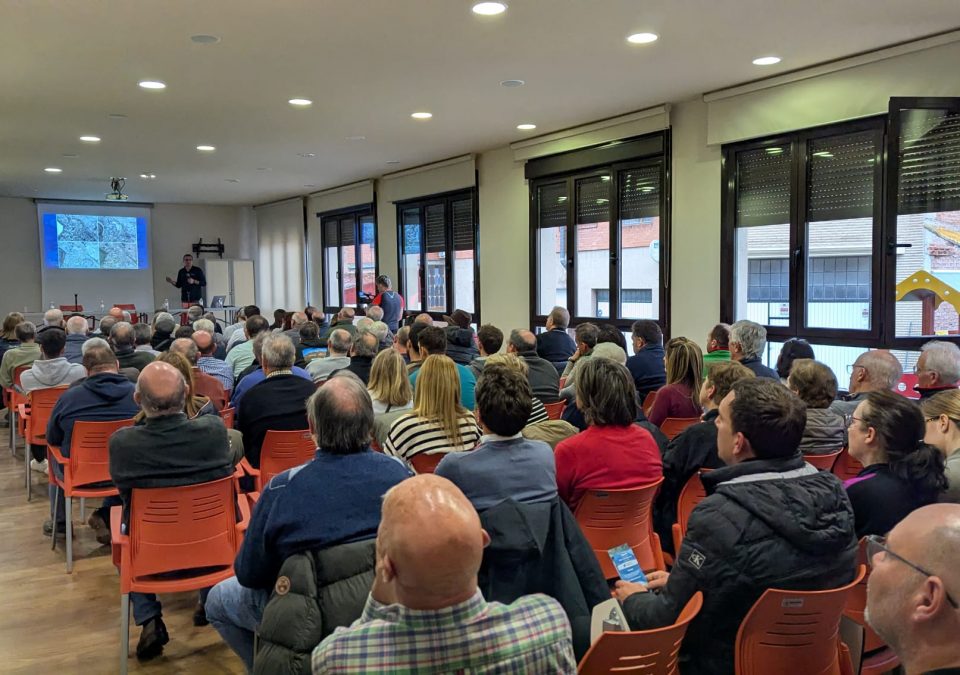The Ebro Resilience Strategy, a coordination mechanism between administrations to promote actions to reduce the impact of flooding in the middle stretch of the Ebro River, between Logroño (La Rioja) and La Zaida (Zaragoza), has brought together more than 100 stakeholders and people affected by the risk of flooding in the municipality of Azagra (Navarra).
The public deliberative workshop, held on April 3, in the Casa de Cultura of the town, organized by the Ebro Hydrographic Confederation, the Government of Navarre and the Town Council of the town, has been a great success and has allowed the population to know and analyze the Ebro Resilience proposal for this section, the so-called section 3B of the Strategy, for the river Ebro and the Ega. Previously, the technical team had held informative meetings with the municipal representatives.



The proposal selected as the most efficient avoids the flooding of the urban center of Azagra for 25-year return period floods simultaneously in the Ebro (which means a flow of around 2,000 m3/s) and Ega rivers (with a flow of around 350 m3/s).
Flooding conditions will also be improved in agricultural estates for the floods of both rivers with 10-year return period floods in this area catalogued as having a high probability of flooding and a significant risk area. This period, calculated statistically, corresponds to flows of approximately 1,800 m3/s for the Ebro and 300 m3/s for the Ega.
This will reduce the economic, social and personal impacts and costs suffered during and after flood events.

The document is a detailed study of the section, which is the preliminary design level of the interventions, and it evaluates the different intervention alternatives to improve safety against flooding of the Ebro and Ega rivers. The exact dimensions and construction details of the actions will be defined in the construction project to be drafted later, while this study will be the basis for the environmental assessment of the proposed solutions.
The proposal seeks more efficient flood risk management by adapting infrastructure to the natural dynamics of rivers and defining a safety perimeter for the urban area, prioritizing protection areas. It focuses on:
- The elimination of existing levees in areas where the modeling carried out so recommends and the occasional lowering of others to adapt their containment capacity.
- Construction of new dams in strategic locations to provide more efficient and safer protection.
It should be recalled that section 3A, immediately upstream of the present section and corresponding to San Adrián (Navarra), is already at the project drafting stage after also undergoing analysis and evaluation, both by the town council team and the population.
Ebro Resilience
The approach of the Ebro Resilience strategy for all sections is the protection of urban areas for floods with a return period of 25 years and for non-urban areas, to achieve the reduction of flood impacts up to a return period of 10 years.
The keys to Ebro Resilience are coordination and new approaches to reduce the negative impact of flooding episodes, relying on combined measures to improve the resilience of the territory.
Ebro Resilience, in addition to coordination, is based on the promotion of measures that have the technical backing of the studies and are the result of the greatest consensus, encouraging the involvement of local administrations, those affected and society in general in each area. Along with this workshop, specific meetings are held with the mayors of the sections under study.

